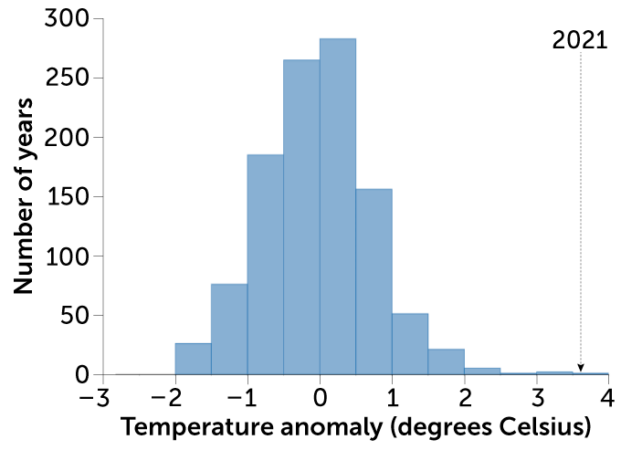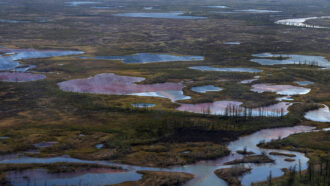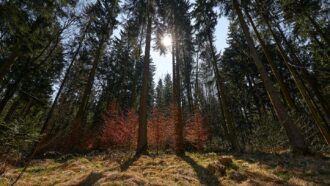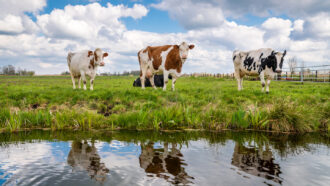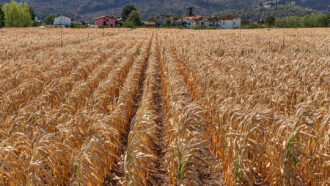The summer of 2021 was the Pacific Northwest’s hottest in a millennium
Average summer temperatures in the region that year were unsurpassed since at least the year 950
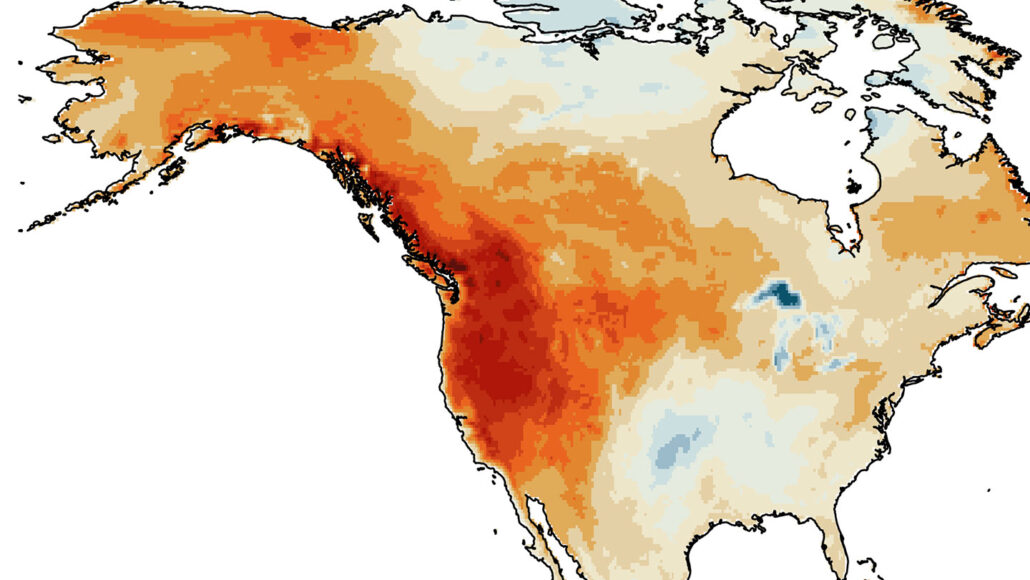
In 2021, average summer temperatures in the Pacific Northwest were the highest on record. This map of North America illustrates those temperatures, with reds being warmer than the 1950–1980 global summer average and blues being cooler.
K.J. Heeter et al/npj Climate and Atmospheric Science 2023
